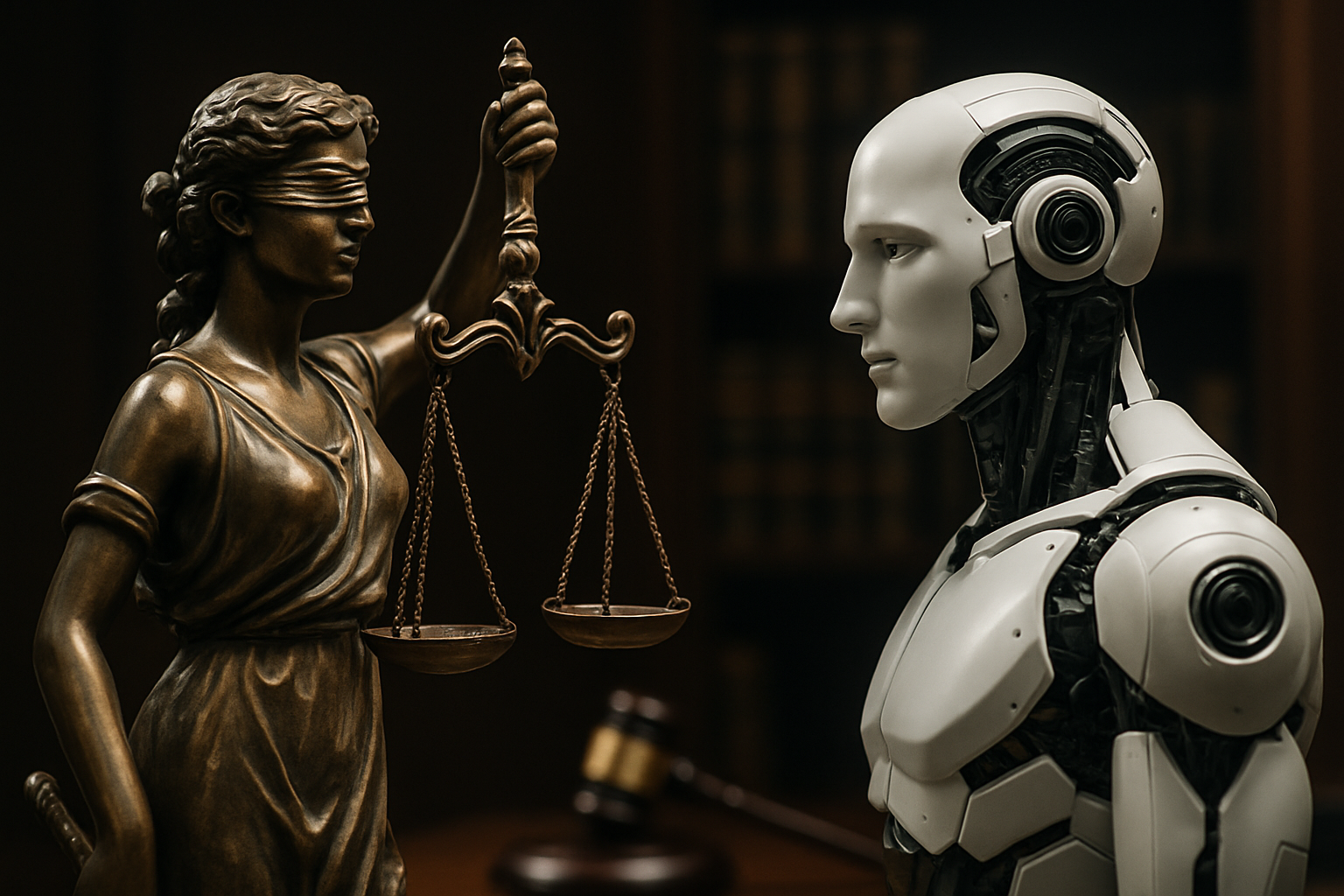Title: The Legal Labyrinth of Algorithmic Decision-Making
Introduction: In an era dominated by artificial intelligence, the intersection of law and algorithmic decision-making presents a complex landscape. This article delves into the legal challenges and implications of AI-driven decisions in various sectors, exploring how lawmakers and courts are grappling with issues of transparency, accountability, and fairness in automated systems.

Unraveling the Black Box Problem
One of the primary legal challenges in algorithmic decision-making is the black box problem. Many AI systems operate as opaque mechanisms, making it difficult to understand how they arrive at their conclusions. This lack of transparency poses significant hurdles for legal professionals seeking to challenge or validate these decisions. Courts and regulators are increasingly grappling with how to ensure due process and fairness when the decision-making process is not readily explainable.
Bias and Discrimination in Automated Systems
Another critical legal concern is the potential for algorithmic bias and discrimination. AI systems trained on historical data may perpetuate or even exacerbate existing societal inequalities. Legal scholars and policymakers are working to develop standards and regulations to detect, mitigate, and prevent discriminatory outcomes in automated decision-making processes. This effort involves reexamining anti-discrimination laws in light of technological advancements.
Liability and Accountability in AI-Driven Decisions
Determining liability when AI systems make erroneous or harmful decisions presents a novel challenge for legal systems worldwide. Traditional concepts of negligence and intent may not easily apply to machine-driven processes. Courts are beginning to wrestle with questions of who should be held accountable - the AI developers, the companies implementing the systems, or the algorithms themselves. This evolving area of law has significant implications for corporate governance and risk management.
Regulatory Approaches and Legislative Initiatives
Governments and regulatory bodies are taking varied approaches to address the legal complexities of algorithmic decision-making. Some jurisdictions are adopting comprehensive AI regulations, while others are focusing on sector-specific guidelines. The European Union’s proposed AI Act, for instance, seeks to establish a risk-based regulatory framework for AI applications. In the United States, various state and federal initiatives are emerging to address algorithmic transparency and accountability.
The Role of Human Oversight
As automated systems become more sophisticated, the legal community is emphasizing the importance of meaningful human oversight. This concept involves ensuring that AI-driven decisions are subject to human review and intervention when necessary. Courts and regulators are increasingly considering how to balance the efficiency of automated processes with the need for human judgment, especially in high-stakes decisions affecting individual rights and liberties.
Challenges in Intellectual Property and Trade Secrets
The protection of proprietary algorithms as trade secrets often conflicts with calls for transparency and accountability. Legal experts are working to strike a balance between safeguarding intellectual property rights and ensuring sufficient disclosure for legal scrutiny. This tension is particularly evident in cases involving public sector use of privately developed AI systems, where government transparency requirements may clash with commercial interests.
International Harmonization and Cross-Border Challenges
As AI systems operate across national boundaries, the need for international harmonization of legal standards becomes increasingly apparent. Divergent regulatory approaches can create compliance challenges for global companies and potentially hinder innovation. Legal professionals are exploring frameworks for cross-border cooperation in AI governance, addressing issues such as data flows, algorithmic auditing, and enforcement of judgments related to AI-driven decisions.
The Future of Legal Practice in an AI-Driven World
The proliferation of algorithmic decision-making is not only changing the subjects of legal inquiry but also transforming the practice of law itself. Legal professionals are adapting to new technologies, developing expertise in data science and AI ethics, and rethinking traditional approaches to evidence and discovery. As courts encounter more cases involving AI systems, judges and attorneys alike are facing a steep learning curve in understanding and adjudicating these complex technological issues.
In conclusion, the legal landscape surrounding algorithmic decision-making is rapidly evolving, presenting both challenges and opportunities for the legal profession. As AI continues to advance, the law must adapt to ensure that fundamental principles of justice, fairness, and accountability are upheld in an increasingly automated world. The coming years will likely see significant developments in this field, shaping the future of legal practice and governance in the digital age.





